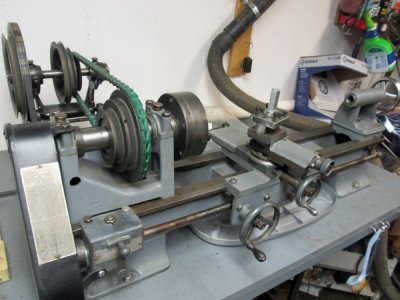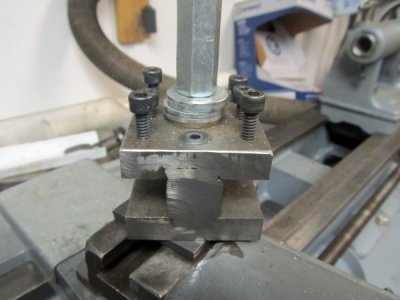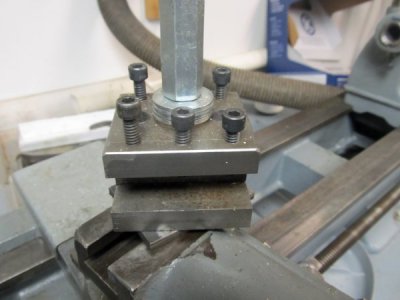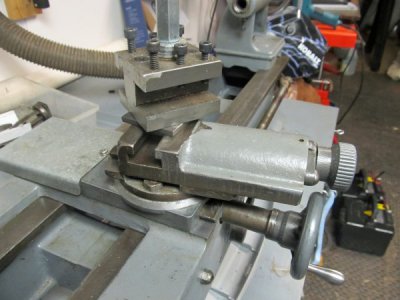I also have a copy of the Atlas manual which I have read front to back.
Another excellent read is: "The Amateur's Lathe" by L.H. Sparey. It's an old book so beautifully written and well illustrated with photographs and line drawings.
IMHO, the Atlas manual you have read, the South Bend book "How to Run a Lathe" and the Sparey book ought to be considered as required reading. Plus, all three match up to the correct era for the lathe you have.
I am thinking as it may be better to go with HSS first as GoceUK recommended and learn to sharpen but as a newbie I am not certain on that.
I started off (20 years ago) with HSS cutters and still use them extensively. I do have and use some inserts and other carbide tools but I really like HSS. I enjoy the process of grinding HSS cutters and I love the finish I get with HSS.
I use carbide tooling exclusively for boring and have a couple of really nice ($$$) boring bars that use inserts. But for general turning, I'm a HSS kinda guy.
Can someone point to a good source for all these shapes and sizes. The standard ones are in the Atlas manual
The standard ones in the Atlas manual are probably all you need for now. The same standard tools are going to be defined in the South Bend and Sparey books as well. You don't need them all right now. Start with the basics, get some experience cutting and go from there.
There is an excellent thread in this forum: "Models for grinding HSS Lathe Tools" which is likely the best resource on the planet for HSS tool grinding.
One question on that DIY 4 way tool post that came with the lathe, are they meant to accommodate all the various sizes of tool bits? The 1/4 inch and 5/16 I saw yesterday seemed small for it. And regarding that, with the lathe I have ....does size of tool bit matter? Meaning it seems the larger the bit the more rigid I would think it would be and therefore maybe I should just go for larger bits in the beginning. But would that be too much for my lathe?
I'm guessing that your lathe would need an AXA size tool post setup. I think that size uses 3/8" and maybe up to 1/2" tooling -- is that right? (Sorry, I use BXA size.) Anyway, I tend to use tooling that is at or near the maximum the toolholder can accommodate. In my case (BXA) I use 1/2" and 5/8" tooling. Bigger == More Rigid. Rigid is good.
On that DIY boring bar holder suggestion
I'm of the opinion that boring bars are something that one should just bite the bullet and purchase.
Slowly acquire
quality tools, learn to use them, be happy!
Welcome to machining!
Meta Key

















